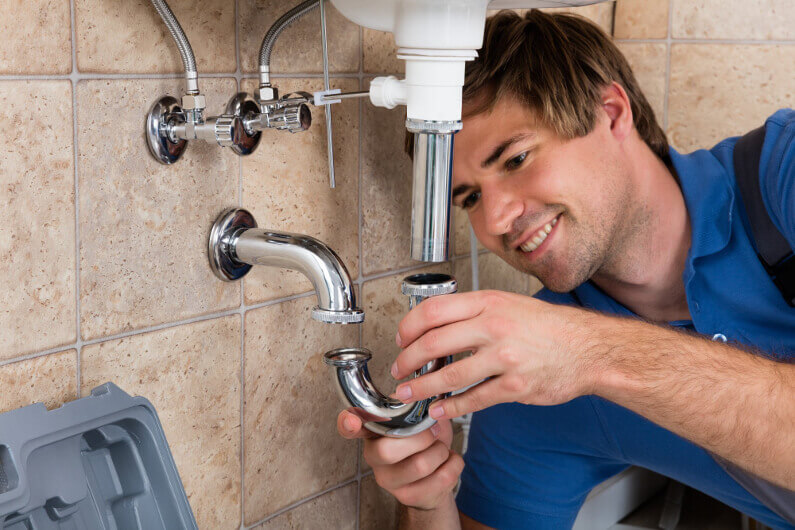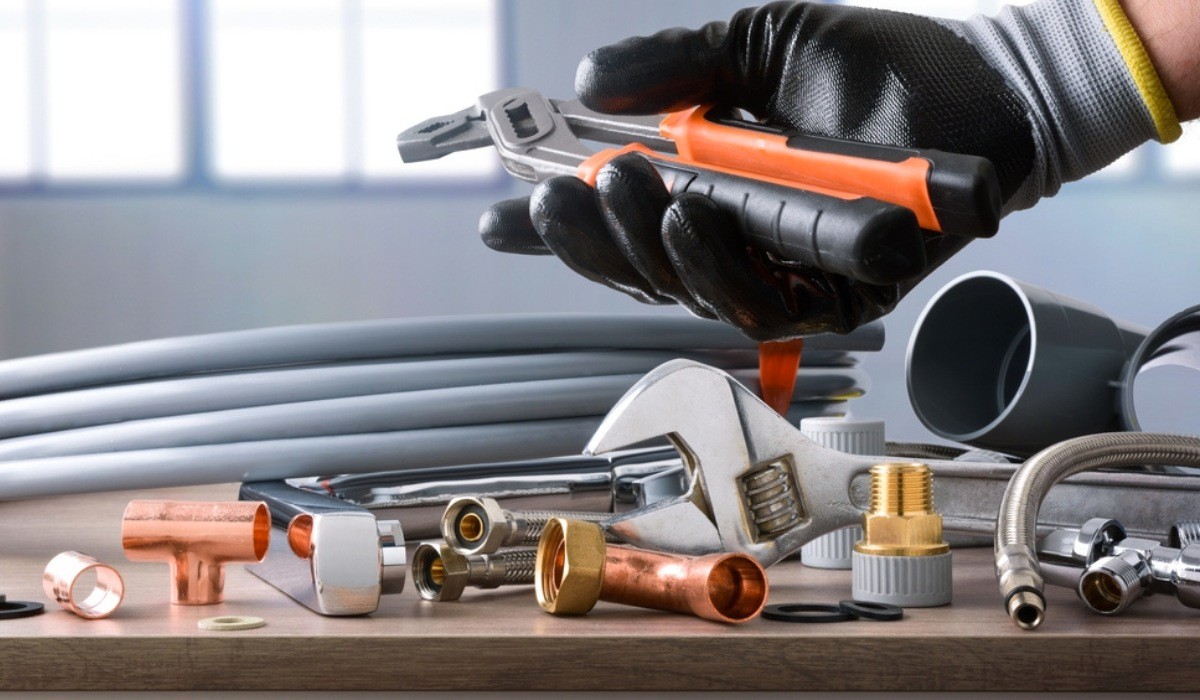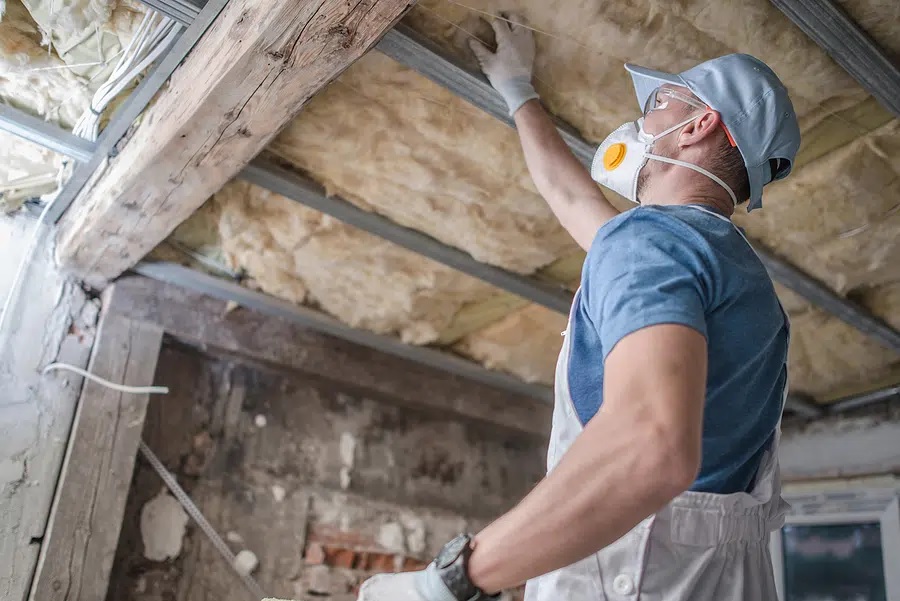For DIY enthusiasts, woodworkers, and mechanics, a well-wired garage is essential for operating power tools and equipment safely and efficiently. Whether you’re setting up a woodworking shop, a welding station, or a general-purpose workspace, ensuring that your garage has a properly designed electrical system is crucial. Poor wiring can lead to overloaded circuits, power fluctuations, or even fire hazards.
This guide will walk you through the key steps of wiring your garage for power tools and equipment, helping you create a safe and functional workspace.
Step 1: Assess Your Electrical Needs
Before running any wires, evaluate the electrical requirements of the tools and equipment you plan to use in your garage. Many power tools require different voltage levels and amperage ratings, so it’s important to determine your overall power needs.
- Standard power tools (drills, saws, sanders) typically run on 120V circuits and require 15A or 20A breakers.
- Heavy-duty tools (air compressors, welders, table saws) often need 240V circuits with higher amperage, such as 30A or 50A breakers.
- Lighting and small appliances can be supported by a separate 15A circuit to avoid interfering with tool operation.
If you plan to expand your workspace in the future, factor in additional circuits to avoid overloading your electrical panel later.
Step 2: Choose the Right Electrical Panel and Circuit Breakers
Your garage wiring should be connected to your home’s main electrical panel or, in some cases, a dedicated subpanel installed in the garage. If your existing panel lacks capacity, you may need to upgrade to a larger panel or install a subpanel specifically for your garage.
Main Panel vs. Subpanel
- If your home’s main panel has enough available slots, you can run new circuits directly from it to your garage.
- If the main panel is full or distant from the garage, a subpanel is a great option. A subpanel allows you to distribute power more efficiently and provides space for additional breakers as needed.
Selecting Breakers
Each circuit should be protected by the correct breaker size:
- 15A breakers for standard outlets and lights.
- 20A breakers for most power tools.
- 30A-50A breakers for high-powered tools and 240V outlets.
Step 3: Run Wiring from the Electrical Panel
Once you’ve determined your power requirements, you’ll need to run wiring from your electrical panel to your garage outlets and switches.
Selecting the Right Wire Gauge
The thickness of the wire (measured in gauge) determines how much current it can safely carry. Common wire sizes include:
- 12-gauge wire for 20A circuits (most common for garage outlets).
- 10-gauge wire for 30A circuits (needed for heavy-duty equipment).
- 8-gauge wire or thicker for 50A circuits (used for welders or EV chargers).
If your garage is detached from your house, you’ll need to bury an outdoor-rated electrical conduit underground to carry power safely from the main panel.
Using Conduit for Protection
For exposed wiring inside the garage, metal or PVC conduit is recommended to protect against damage and comply with electrical codes. Running conduit along the walls or ceiling helps prevent accidental cuts, nicks, or water exposure that could lead to electrical hazards.
Step 4: Install Electrical Outlets and Switches
Strategic placement of outlets ensures convenient access to power without relying on extension cords, which can be a tripping hazard.
Key Outlet Placement Tips:
- Install 120V outlets every 4 to 6 feet along the walls for general power tools.
- Use GFCI (Ground Fault Circuit Interrupter) outlets in garages to protect against electric shocks.
- Place dedicated 240V outlets where heavy equipment like welders or compressors will be used.
- Consider installing ceiling outlets for retractable extension cords, keeping cords off the floor and reducing clutter.
For switches, install a master switch near the entrance to easily shut off power when leaving the garage.
Step 5: Install Lighting for a Well-Lit Workspace
Proper lighting is essential for safety and efficiency. When planning your lighting setup:
- Use LED shop lights or fluorescent fixtures for bright, energy-efficient illumination.
- Install task lighting near workbenches for detailed projects.
- Consider motion sensor lights for added convenience and security.
To prevent flickering or dimming when using power tools, wire lights on a separate circuit from outlets.
Step 6: Safety Considerations and Code Compliance
Electrical work must comply with local building codes and the National Electrical Code (NEC) to ensure safety. Here are a few key safety measures:
- Use a switchboard or panelboard to properly distribute power within your garage, especially if running multiple high-powered tools at once. These components help organize circuits and prevent electrical overloads.
- Install surge protection to protect sensitive electronics and power tools from voltage spikes.
- Ensure proper grounding by connecting all outlets and panels to a grounding rod or system.
- Label circuit breakers to identify which circuits power specific tools and equipment.
- Check for proper ventilation if using tools that generate heat or fumes.
If you are unfamiliar with electrical work, hiring a licensed electrician ensures that your garage wiring is safe and up to code.
Step 7: Testing and Final Adjustments
After wiring is completed, turn on the power and test each outlet and circuit to ensure everything is functioning correctly.
- Plug in a voltage tester to confirm outlets are wired properly.
- Turn on power tools and run them under load to check for circuit stability.
- Test GFCI outlets by pressing the test/reset buttons to ensure they shut off properly.
If you notice flickering lights, tripping breakers, or buzzing sounds, double-check connections and breaker ratings. If issues persist, consult a professional electrician.
Final Thoughts
Wiring your garage for power tools and equipment is a rewarding project that improves both functionality and safety. By carefully planning circuits, selecting the right wire sizes, and ensuring code compliance, you can create an efficient and hazard-free workspace.
Whether you’re a weekend DIYer or a full-time craftsman, a well-wired garage provides the power you need to operate tools effectively without worrying about overloads or electrical hazards. If you’re unsure about any step in the process, don’t hesitate to seek professional guidance to ensure your electrical system is installed correctly and safely.






